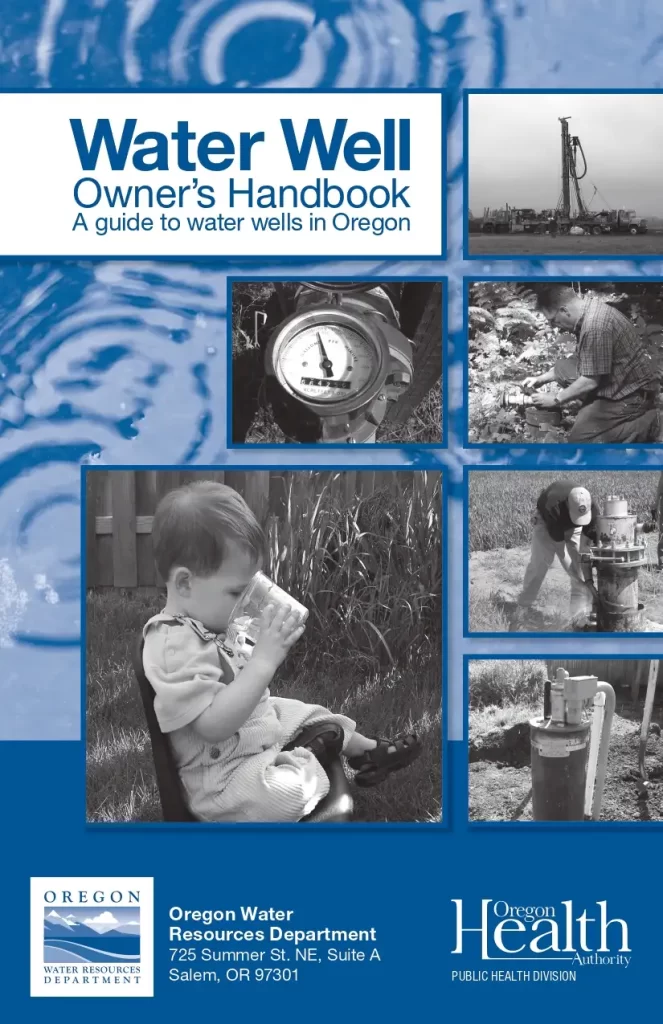Digital Book
Water Well Owner’s Handbook A guide to water wells in Oregon

Book details
Reader reviews
No reviews yet. Be the first to write one!


No reviews yet. Be the first to write one!